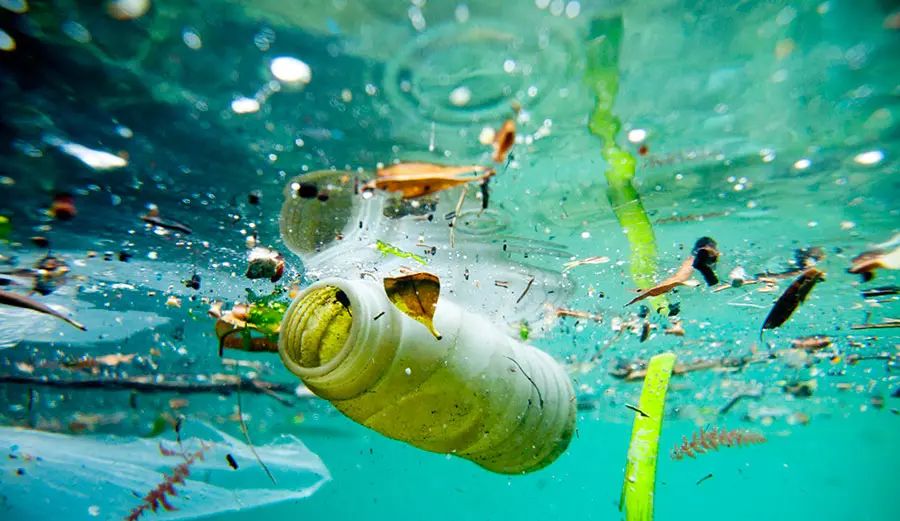Introduction
In our modern world, paper waste has become one of the largest environmental pollutants. While paper is one of the most recyclable materials, a significant amount of it ends up in landfills without being effectively utilized. Globally, millions of trees are cut down annually to meet the demand for paper, which poses a significant threat to natural resources. Therefore, paper recycling has become one of the key solutions to reduce this issue and achieve environmental sustainability.
In this article, we will discuss the importance of paper recycling, how to implement it correctly, the environmental and economic benefits of this practice, and the challenges faced in the paper recycling process today.
Why Should Paper Be Recycled?
Recycling paper is the process of converting used paper into new materials rather than discarding it in landfills. Here are several reasons why this process is important:
1. Protecting Forests: One of the primary reasons for recycling paper is to protect forests. The paper industry consumes large amounts of wood, contributing to the destruction of natural forests. Recycling paper helps reduce the need for wood extraction, thus preserving forests and increasing green spaces.
2. Reducing Pollution: The traditional paper production process results in significant carbon emissions and water pollution due to the chemicals used in paper manufacturing. By recycling paper, these emissions are greatly reduced.
3. Energy Conservation: Producing paper from wood requires a large amount of energy, whereas recycling paper uses about 40% less energy compared to making paper from raw wood. This means reducing energy consumption and mitigating climate change impacts.
4. Reducing Waste: Paper makes up a large portion of the waste sent to landfills. Recycling paper helps reduce the amount of waste, easing the pressure on landfills.
How to Recycle Paper
Recycling paper is a simple process that involves several steps that can be easily and effectively followed. Here’s how you can do it:
1. Collect Used Paper: The first step is to gather used paper. This can include newspapers, magazines, brochures, cardboard, or even office paper. It is important to ensure that the paper is sorted correctly, removing non-paper materials like plastic or metal.
2. Sort the Paper: After collecting the paper, it should be sorted by type. There may be different kinds of paper (such as cardboard, white paper, and corrugated paper), each requiring slightly different recycling processes. For example, white paper is easier to recycle compared to printed paper or paper with additional materials.
3. Convert Paper into Pulp: In this stage, the paper is shredded and turned into a sticky substance called “paper pulp” by adding water. This material forms the basis of the paper recycling process.
4. Re-manufacture Paper: After converting the paper into pulp, it is used to manufacture new paper products. The pulp is shaped into flat sheets, dried, and then used to make new paper products.
5. Use Recycled Paper: Recycled paper can be used in many products such as boxes, packaging, brochures, and even the paper we write on. It can also be used to make toilet paper, tissues, and writing materials.
Benefits of Paper Recycling
The benefits of paper recycling extend beyond the environment, including economic and social advantages:
1. Conserving Resources: By recycling paper, we no longer need to cut down trees to meet paper needs. Additionally, significant amounts of water and energy are saved, helping to preserve natural resources.
2. Reducing Pollution: Reducing the use of harmful chemicals in paper production means less air and water pollution, which improves environmental quality and human health.
3. Creating Jobs: Paper recycling creates job opportunities in factories that re-manufacture paper, as well as in waste collection and sorting. This contributes to the local economy.
4. Reducing Landfill Pressure: By reducing the amount of paper sent to landfills, recycling helps alleviate the strain on landfills, thus decreasing the space needed for waste disposal.
Challenges Faced by Paper Recycling
Despite its many benefits, paper recycling faces several challenges:
1. Lack of Environmental Awareness: Despite efforts made, many people still lack environmental awareness about the importance of paper recycling. Some may not know how to sort paper correctly or may not understand the environmental benefits of recycling.
2. Contamination by Other Materials: Sometimes, paper may contain non-recyclable materials such as plastic or metal. This complicates the recycling process and increases costs.
3. High Costs: Collecting, sorting, and recycling paper requires investment in equipment and infrastructure, which can be expensive in some countries or regions.
4. Reducing Paper Use: In some cases, there is a trend toward reducing paper use in favor of modern technologies like digital documents. This may reduce the amount of paper available for recycling.
The Future of Paper Recycling
With increasing environmental awareness in recent years, many businesses and consumers are adopting paper recycling practices more effectively. There are also technological advancements that help make the recycling process more efficient. Through these collective efforts, the environmental impact of paper can be significantly reduced, contributing to a cleaner and healthier environment.
Conclusion
Paper recycling is a simple but effective process that helps conserve natural resources and reduce environmental pollution. It offers not only environmental benefits but also significant economic and social advantages. By raising awareness and recycling paper correctly, we can contribute to protecting the environment and ensuring a more sustainable future for generations to come.




